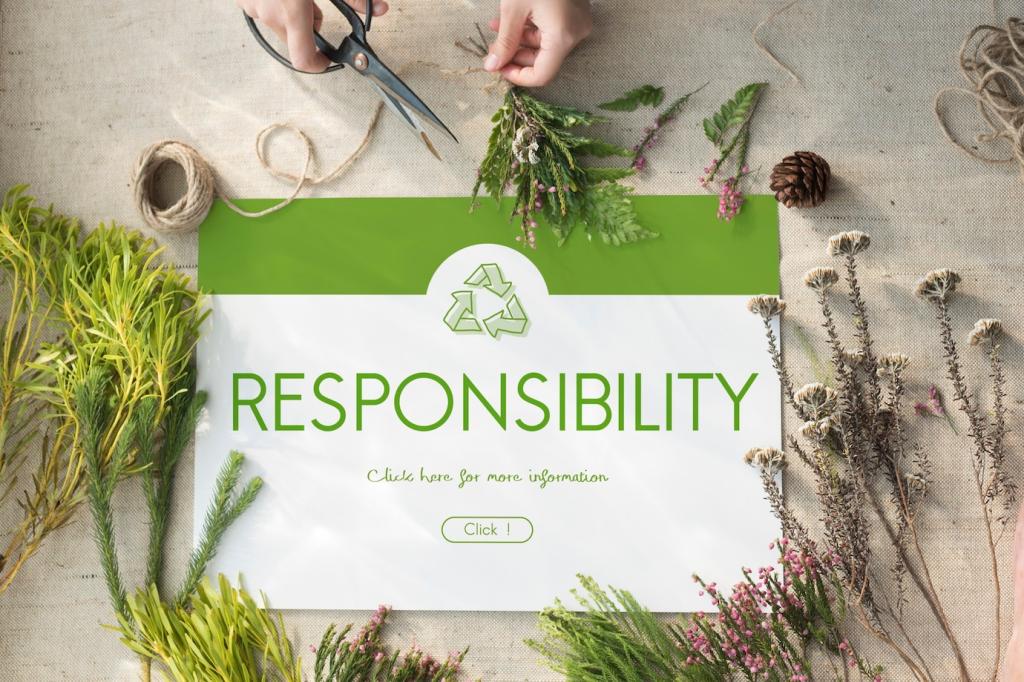
Eco-Friendly Vehicle Maintenance Plans: Drive Cleaner, Longer
Today’s chosen theme: Eco-Friendly Vehicle Maintenance Plans. Discover practical, planet-first routines that protect your car, reduce waste and emissions, and keep journeys smooth. Join our community—subscribe, comment, and share your green maintenance wins to inspire fellow drivers.
Why Eco-Friendly Maintenance Plans Matter
Well-timed tune-ups, clean filters, and correct tire pressure can reduce fuel use and emissions while restoring smooth performance. Even modest improvements—like properly inflated tires saving up to around three percent fuel—add up over thousands of miles. Share your first eco-upkeep step in the comments.
Why Eco-Friendly Maintenance Plans Matter
Eco-friendly maintenance plans prioritize longevity: high-quality, manufacturer-approved fluids, durable filters, and smart intervals prevent wasteful over-servicing. You spend less on unnecessary parts and fuel while extending component life. Subscribe for our streamlined checklist that balances performance, warranty compliance, and environmental responsibility.


Planet-Safe Fluids, Filters, and Parts

Use Low-Viscosity, Low-SAPS Oils That Meet OEM Specs
Modern low-viscosity, low-SAPS oils reduce friction and help protect emissions systems when they match your vehicle’s specification. Follow the service interval recommended by your manufacturer, then recycle used oil at certified centers. Comment with the specification your vehicle requires to help others choose correctly.

Biodegradable Cleaners and Refillable Sprayers
Water-based or citrus-based degreasers cut grime without harsh residues, especially when applied with refillable, fine-mist sprayers. Test on a small area, keep rags out of drains, and store chemicals safely. Share your go-to cleaner that works well without overwhelming fragrances or heavy solvents.

Remanufactured and Recycled Components
Consider remanufactured starters, alternators, and brake calipers backed by solid warranties. They conserve raw materials while meeting performance standards. Ask shops about recycling metal, filters, and batteries. Have you fitted reman parts before? Tell us how they performed and what savings or benefits you noticed.

Use your vehicle’s maintenance minder or telematics to schedule tasks based on real driving conditions. Short trips, heat, dust, and towing all affect intervals. Avoid unnecessary fluid changes, then log each service. Subscribe for our printable tracker to plan the next three eco-smart appointments.

Before summer, inspect cooling systems, belts, and cabin filters to reduce strain on climate control. Before winter, check battery health, wipers, and tire compounds. Preventing leaks and failures is greener than repairs after damage. What’s on your seasonal checklist? Share a tip other readers can adopt.

Combine maintenance appointments with existing errands to cut extra trips and idle time. If possible, choose shops near transit or work to avoid unnecessary driving. Comment with your favorite eco-conscious workshop so other readers can build greener maintenance routes in their cities.
Measure tire pressure when tires are cold and set to the placard in your door jamb, not the sidewall maximum. Proper pressure improves handling, reduces wear, and helps efficiency. Turn on notifications and share how often you check pressures—and which gauge you trust most.
Tires, Alignment, and Rolling Efficiency
Rotate on schedule and check alignment after pothole seasons or curb impacts. Even wear means longer tire life and fewer replacements, which reduces manufacturing impacts. What rotation pattern works for your drivetrain? Comment with your interval and any tread-wear insights you’ve learned.
Tires, Alignment, and Rolling Efficiency
EV and Hybrid Maintenance, the Green Way
Protect Battery Health With Gentle Habits
Moderate states of charge, consistent thermal management, and sensible charging habits support longevity. Follow manufacturer software and coolant service guidance. Avoid storing at extreme temperatures when possible. Share your charging routine—home schedule, public fast-charge strategy, and how you balance convenience with long-term battery care.
Regenerative Braking Cuts Dust—But Service Still Matters
Regeneration reduces brake wear, yet caliper slides, pads, and brake fluid still need attention. Prevent rust on infrequently used rotors and replace fluid per schedule. Comment if you’ve noticed cleaner wheels or longer pad life since adopting one-pedal driving on your commute.
Choose High-Voltage Certified Technicians
Work with technicians trained for high-voltage systems who follow strict safety protocols and responsible battery recycling practices. Ask shops about parts sourcing and material recovery. If you have a trusted EV specialist, tag them and tell readers what sets their eco-approach apart.
Build Your Eco Garage Routine
Create labeled containers for used oil, coolant, and filters. Keep absorbent pads or cat litter handy for quick cleanups, and never hose residues into drains. Post your local recycling drop-off hours on the wall. Share a photo of your organized eco station for inspiration.
Build Your Eco Garage Routine
Commercial car washes often recycle water and capture runoff. If washing at home, use a bucket method, spray nozzle with shut-off, biodegradable soap, and a permeable surface. Tell us how you conserve water while keeping your vehicle clean between maintenance days.


